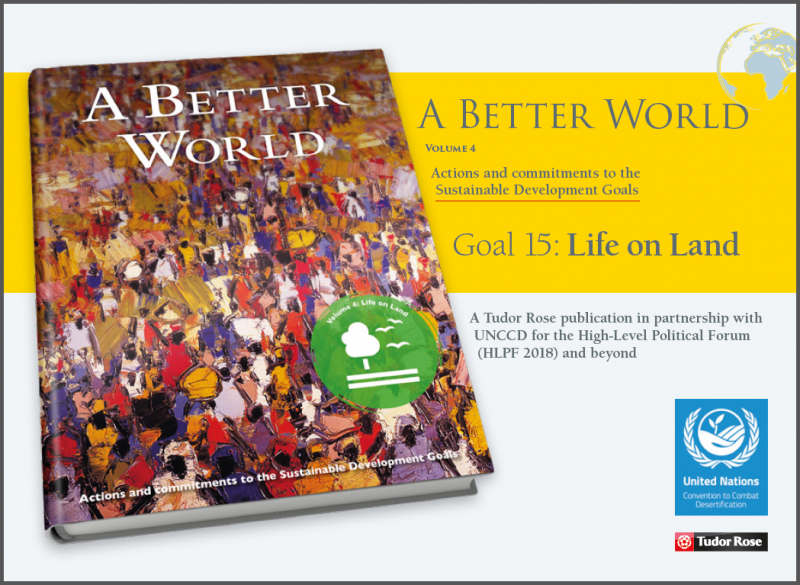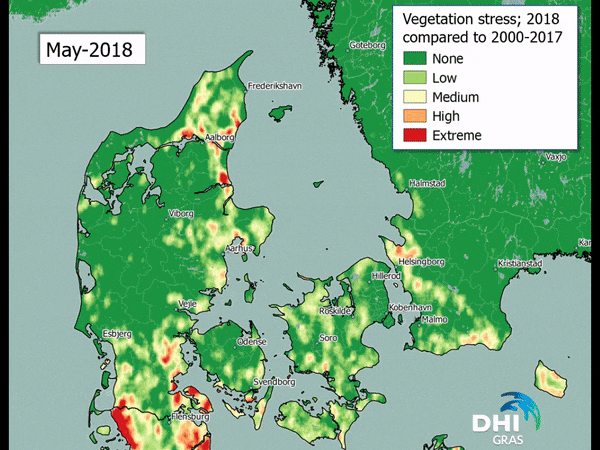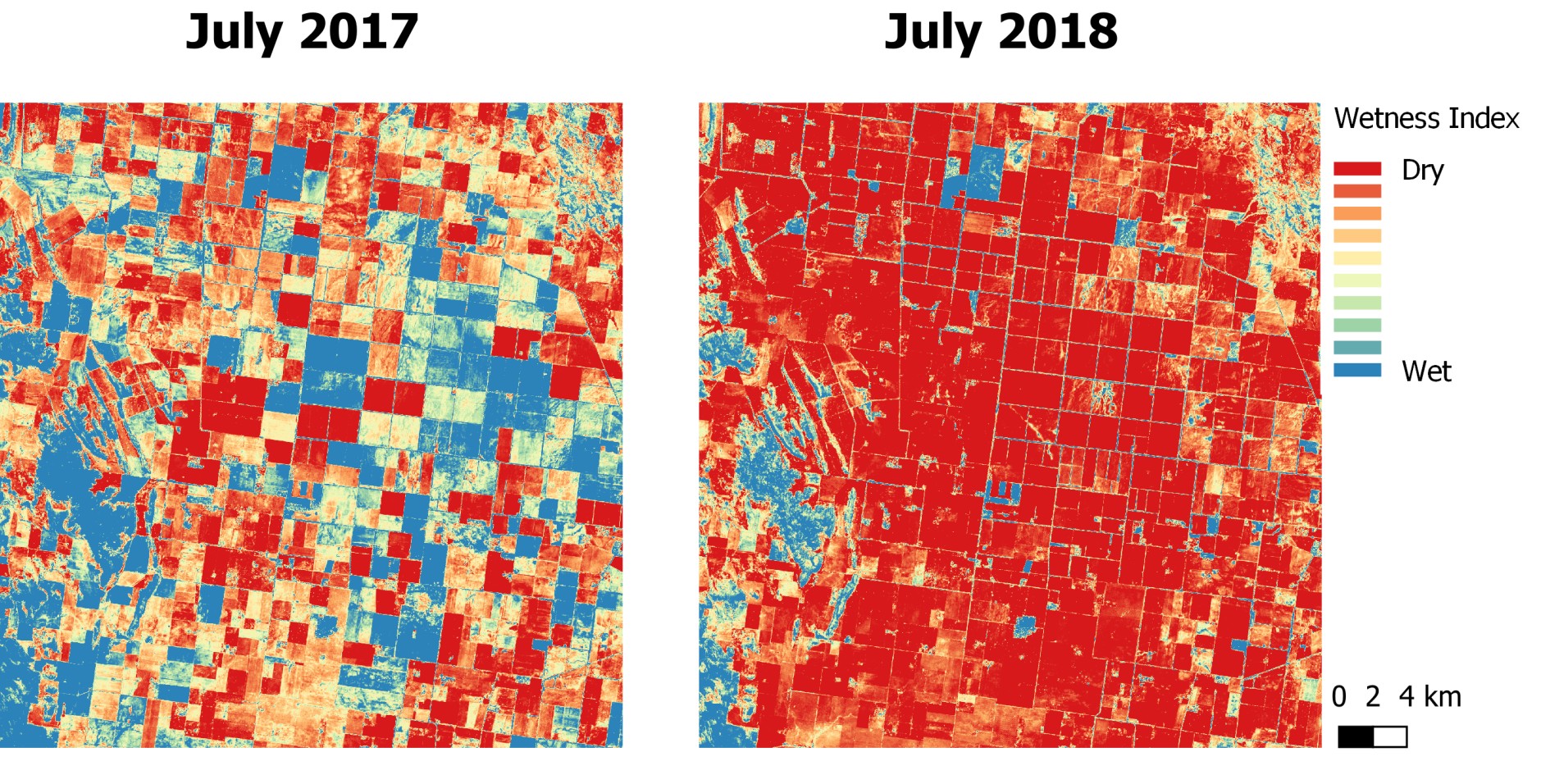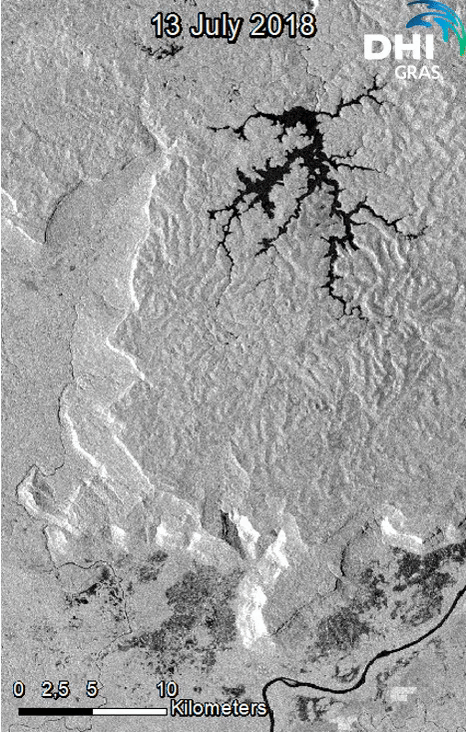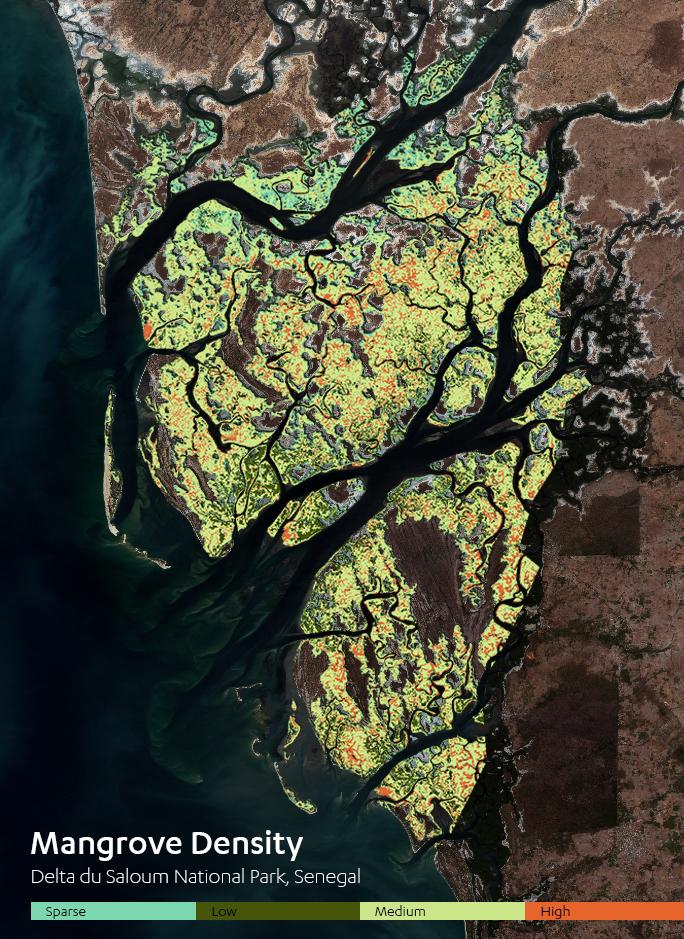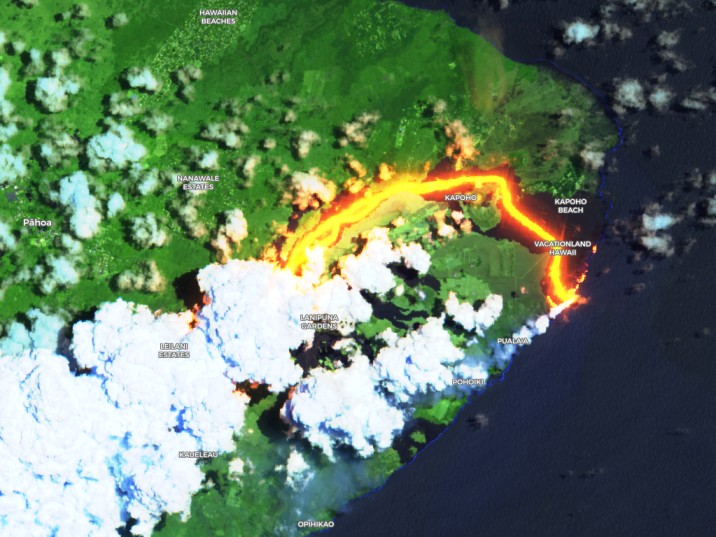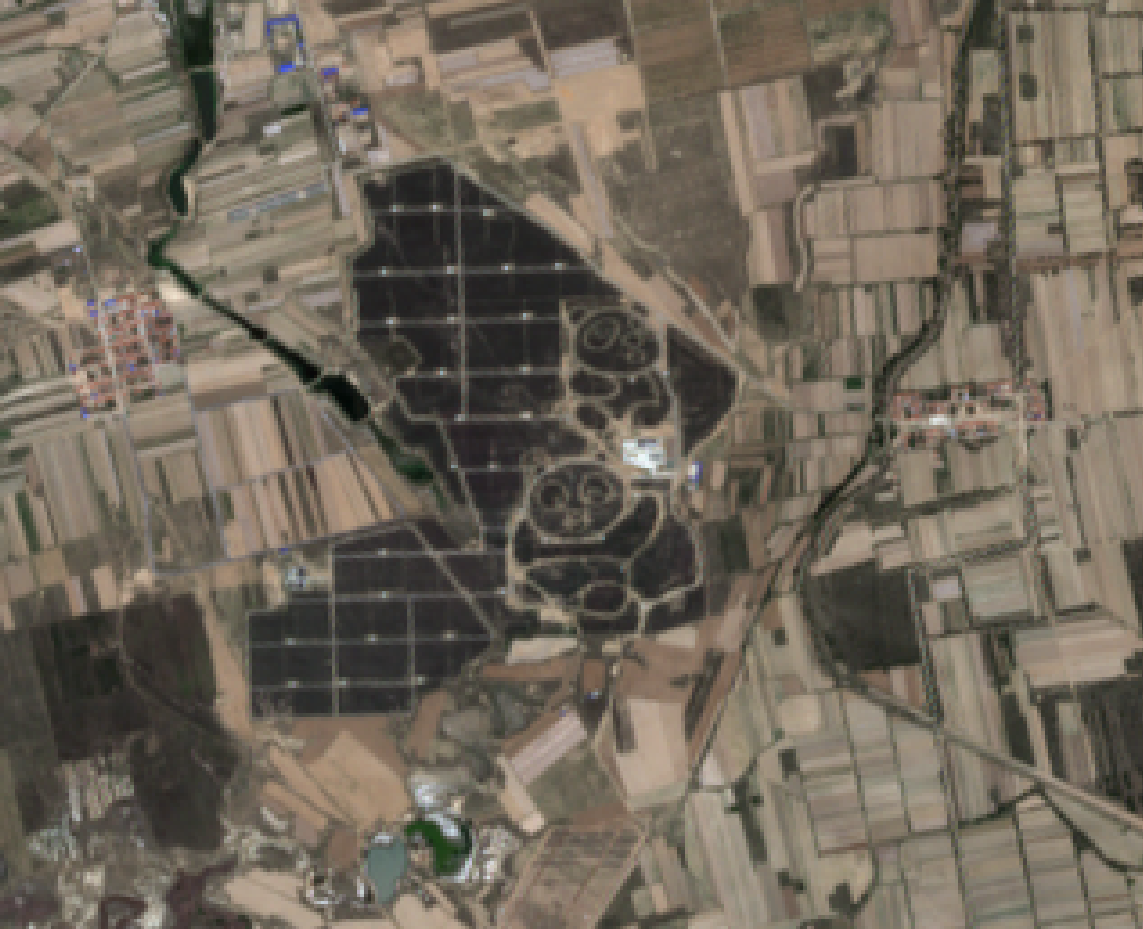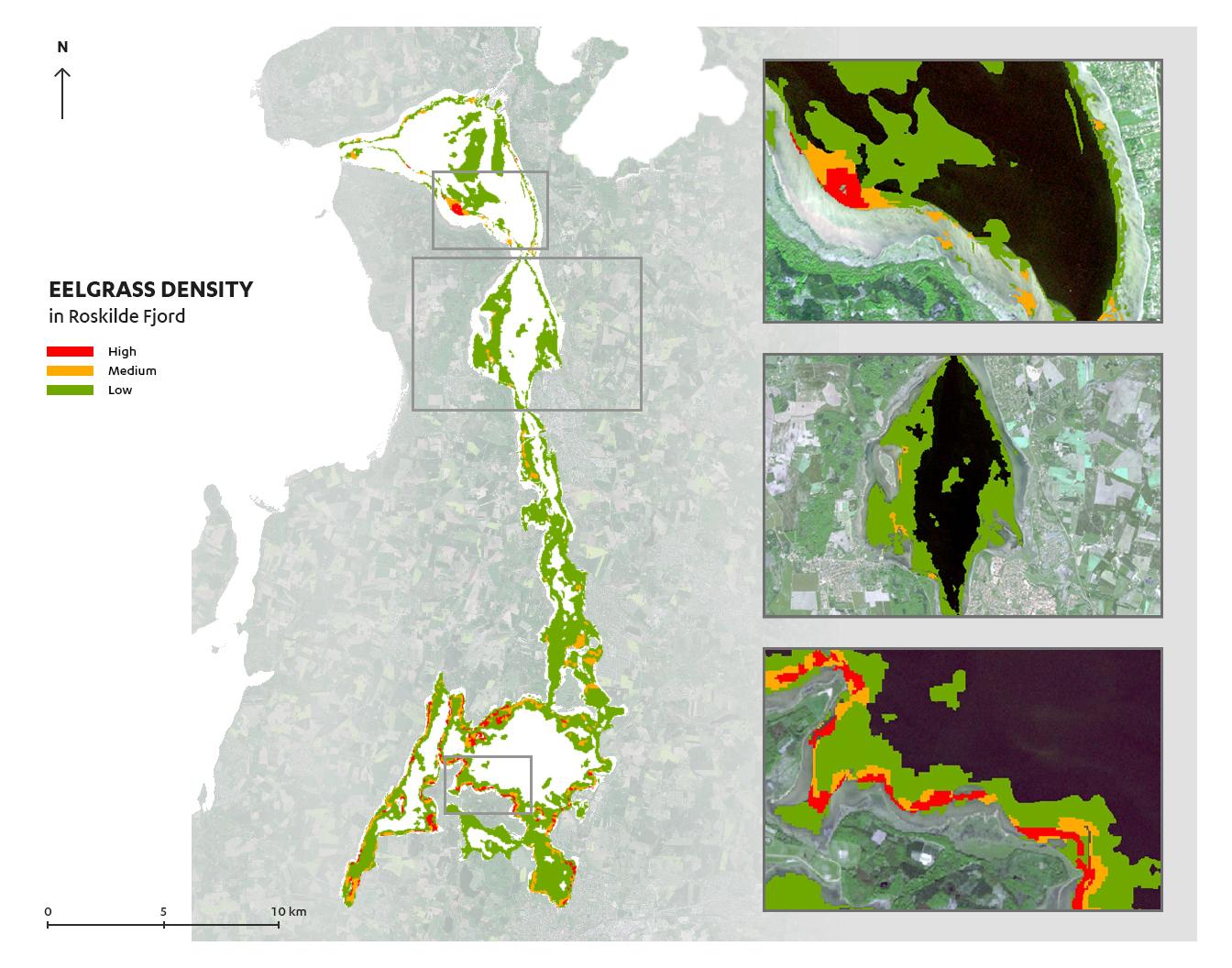World Water Week:
21 August 2018
World Water Week is an annual event organised by the Stockholm International Water Institute (SIWI) that focuses on the globe’s water issues.
The theme for 2018 is Water, Ecosystems and Human Development.
This year DHI GRAS in collaboration with UNEP, ESA and NASA will be convening a session on using Big Data and Earth Observations for SDG 6 monitoring.
The session will take place in NL Pillar Hall 16:00-17:30 on 29 August, Wednesday. Find out more about the event and its speakers:
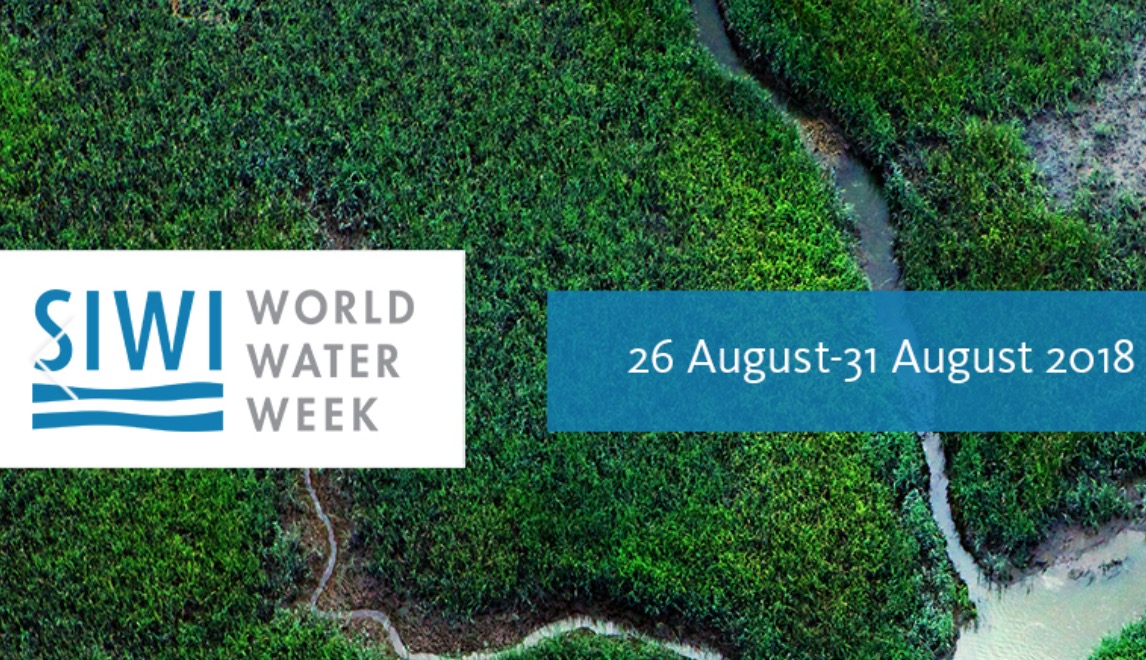
EOatDHI part of the DHI GROUP
gras@dhigroup.com
+45 4516 9100
Agern Alle 5,
2970 Hørsholm,
Denmark
CVR: 36466871



